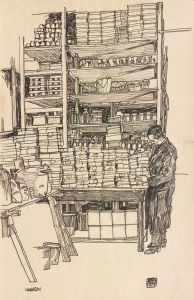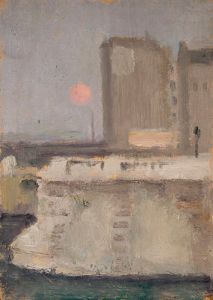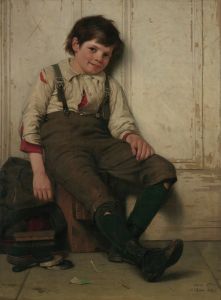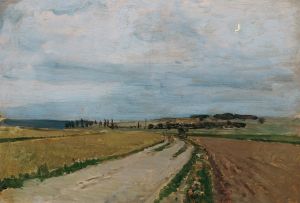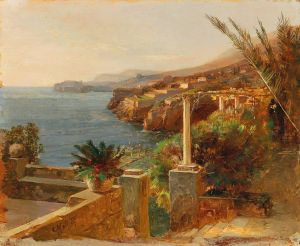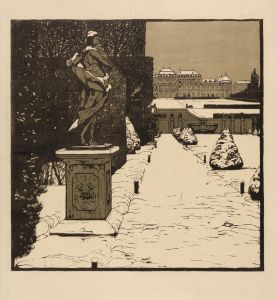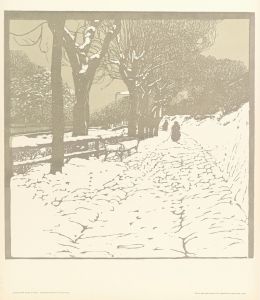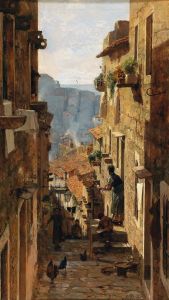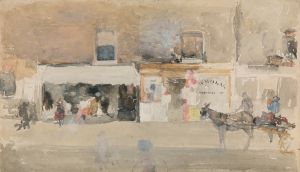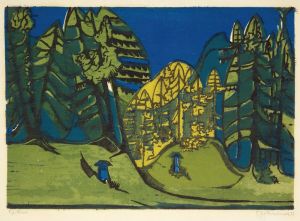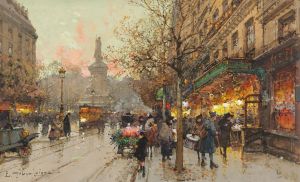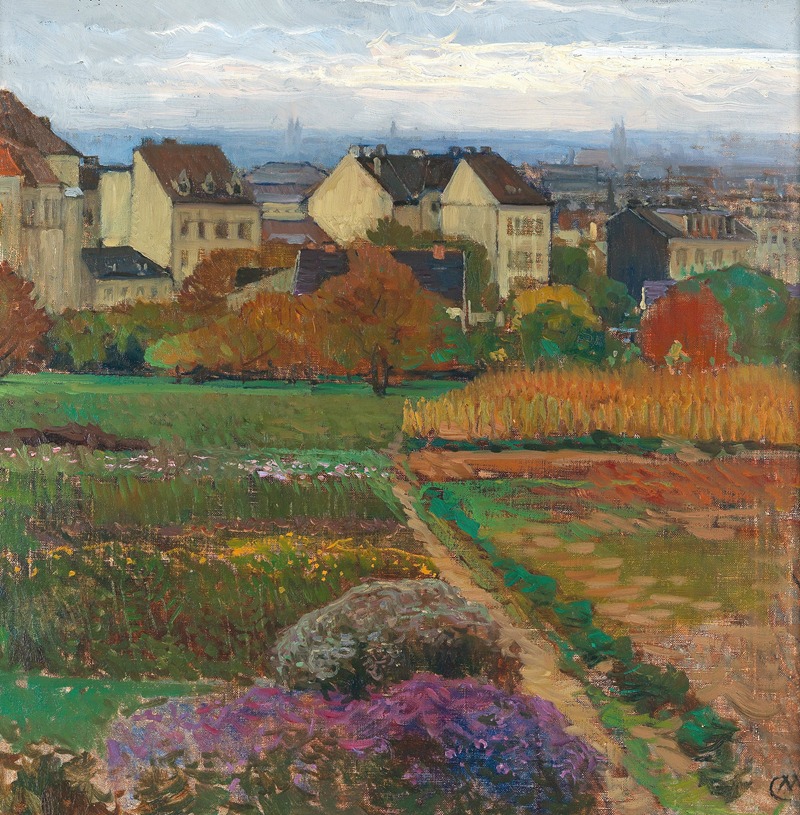
Döbling Wien
A hand-painted replica of Carl Moll’s masterpiece Döbling Wien, meticulously crafted by professional artists to capture the true essence of the original. Each piece is created with museum-quality canvas and rare mineral pigments, carefully painted by experienced artists with delicate brushstrokes and rich, layered colors to perfectly recreate the texture of the original artwork. Unlike machine-printed reproductions, this hand-painted version brings the painting to life, infused with the artist’s emotions and skill in every stroke. Whether for personal collection or home decoration, it instantly elevates the artistic atmosphere of any space.
Carl Moll (1861–1945) was an Austrian painter associated with the Vienna Secession, a movement that sought to break away from traditional academic art and embrace modernist approaches. One of his notable works, Döbling, Wien, depicts a serene view of the Döbling district in Vienna, Austria. This painting reflects Moll's characteristic style, which often combined elements of realism with a focus on light, atmosphere, and a harmonious composition.
Döbling, located in the northwestern part of Vienna, is known for its picturesque landscapes, vineyards, and residential areas. Moll's painting captures the tranquil essence of this district, showcasing his ability to render natural light and subtle tonal variations. His work often emphasized the interplay between nature and urban life, and Döbling, Wien is no exception, presenting a scene that is both peaceful and evocative of Vienna's charm during the late 19th and early 20th centuries.
Moll was a founding member of the Vienna Secession in 1897, alongside artists such as Gustav Klimt and Koloman Moser. The Secessionists aimed to create a platform for modern art, free from the constraints of traditional academic institutions. Moll's works, including Döbling, Wien, reflect the group's ideals, particularly in their focus on innovation and aesthetic beauty.
While specific details about the creation date or the exact context of Döbling, Wien are not widely documented, the painting is representative of Moll's broader oeuvre, which often featured landscapes and interiors imbued with a sense of calm and order. His use of soft, diffused light and carefully balanced compositions demonstrates his mastery of technique and his sensitivity to the mood of his subjects.
Carl Moll's contributions to Austrian art extend beyond his paintings. As an active promoter of the Vienna Secession, he played a significant role in shaping the cultural landscape of his time. His works, including Döbling, Wien, continue to be appreciated for their artistic quality and their ability to capture the essence of a bygone era in Vienna's history.
No further specific information about Döbling, Wien is available in historical records.





